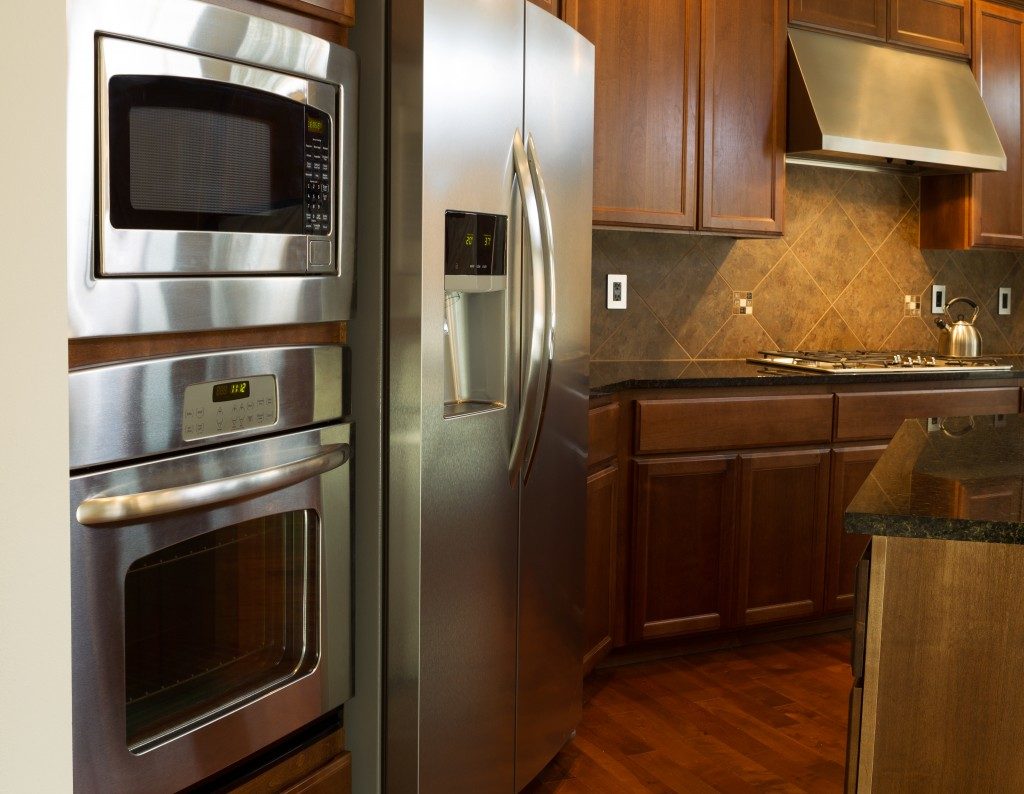The refrigerator now forms a part of almost all residential and commercial spaces. This appliance will generally operate at temperatures of close to 00 degree Celsius and thus might form ice on its coils. The ice arises from the moisture in the cold room air that freezes upon touching the evaporator coil. This ice, when left to accumulate, will obstruct the flow of air through the refrigerator’s cooler coils. Hence, defrosting is essential to avert this eventuality.
The defrosting process is not fail-safe. Thus, issues with the process might necessitate refrigerator repair in your Salt Lake City property. Even as you call your technician to take a look, it is commendable to have a few specifics to understand the defrosting process of your refrigerator. Here are the conventional defrosting methods used in household refrigerators.
Manual Defrosting
This technique is used in old refrigerators. In manual defrosting, you will switch off the power supply to your fridge and open its doors when you see an ice layer forming on its freezer’s evaporator coil. These actions will stop the compressor’s operation and the cooling in your appliance. As such, the refrigerator’s cabinet starts heating, and the ice melts. After some time, the defrosting process is complete, and you can close your refrigerator’s door.
Thermostat Defrosting
Modern refrigerators have a thermostat tasked with setting specific freezer temperatures. They also have a plastic tray below their freezer compartment for the collection of excess water from the freezer. Once your refrigerator’s cycle reaches the set temperature on the thermostat, the power supply to the compressor and the cooling effect stops. The ice collected on your appliance’s evaporator coils will melt and form a condensate that is collected in the plastic tray and sent to a condensate pan. After the ice melts, the power supply is automatically switched on, and the refrigeration process continues. Thermostat defrosting is typically used in single door refrigerators.
Heater Defrosting

This is used in refrigerators with separate doors for the cooling cabinets and freezer compartments. In heater defrosting, there is a heater fitted to a refrigerator’s evaporator coils. At different intervals, the power supply to your appliance’s compressor is cut off, and then the heater starts. In this period, the accumulated frost in your evaporator coil will be melted, and the condensate drips down the condensate pan at your refrigerator’s bottom. The frequency of the heater’s operation depends on the thermostat reading of your appliance.
Hot Gas Defrosting
Here, super heated vapor from a compressor’s discharge is used as the source of heat for the melting of frost. The vapor will be diverted to a system line bypassing the expansion valve and condenser. It flows on the cooler coils of your refrigerator and warms them, thus melting the frost. The primary benefit of hot gas defrosting is the energy that you will save as all the coils warm up, thus minimizing the defrosting period.
Frost in your refrigeration system is normal but can contribute to various issues. Therefore, the above defrosting alternatives play a significant role in the seamless operation of your refrigerator. If your freezer compartment now resembles an iceberg, it is time to call in a repair technician.

